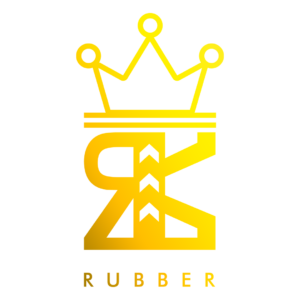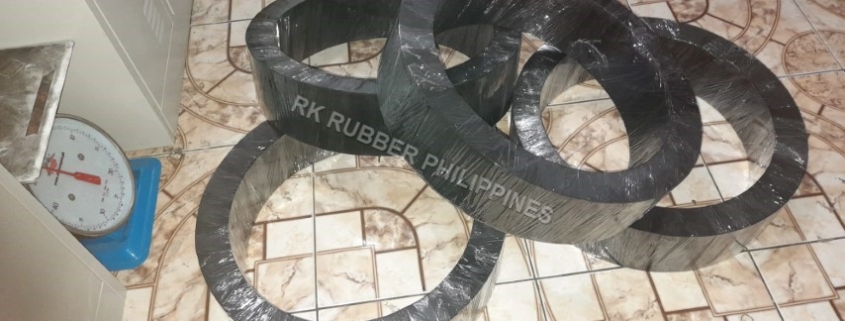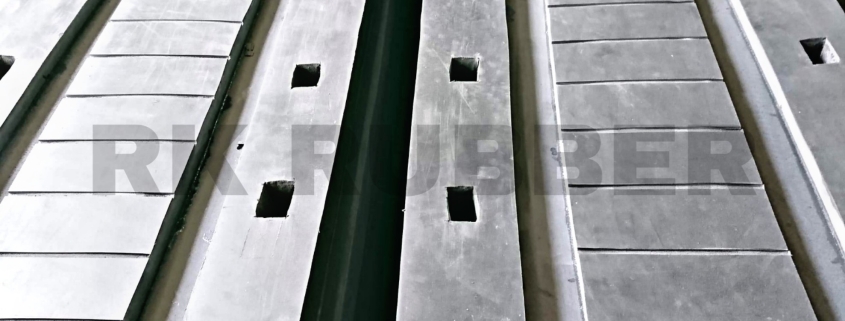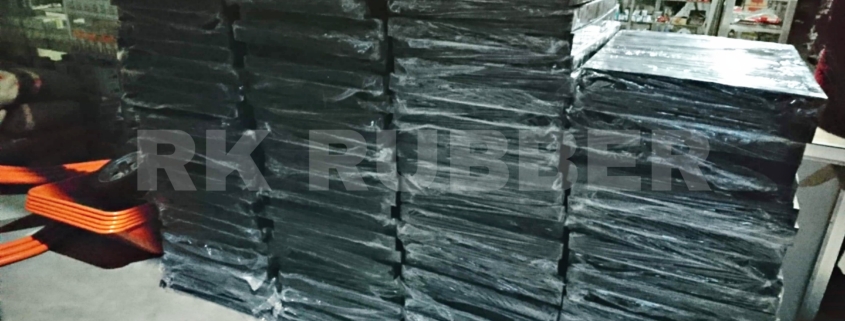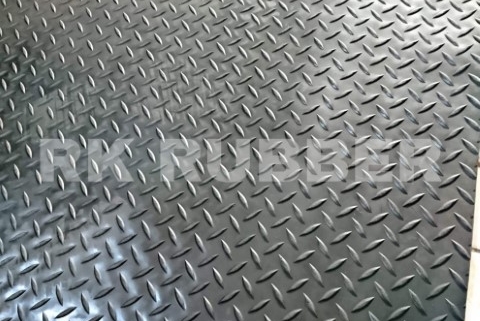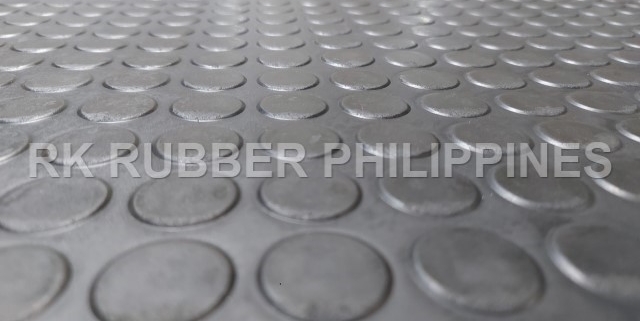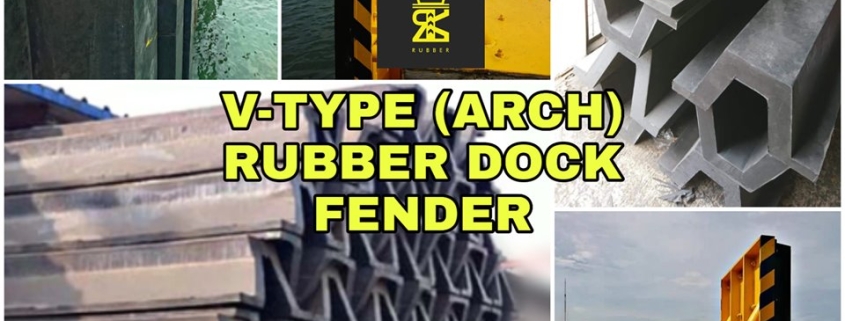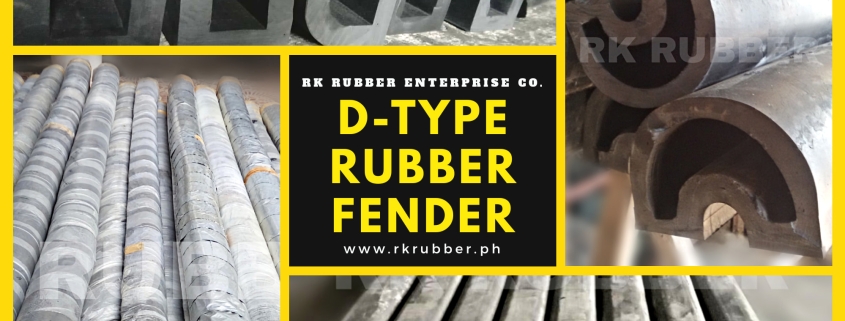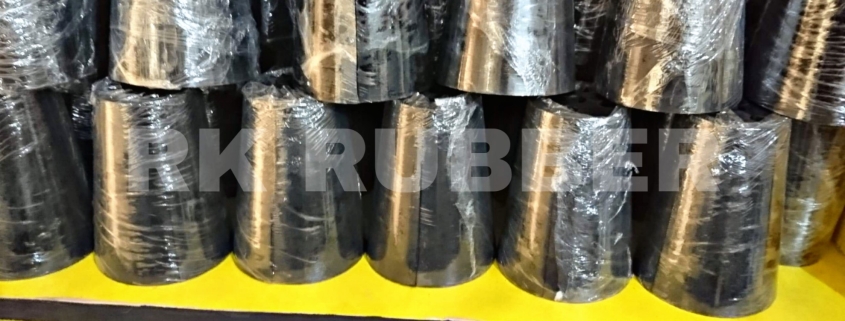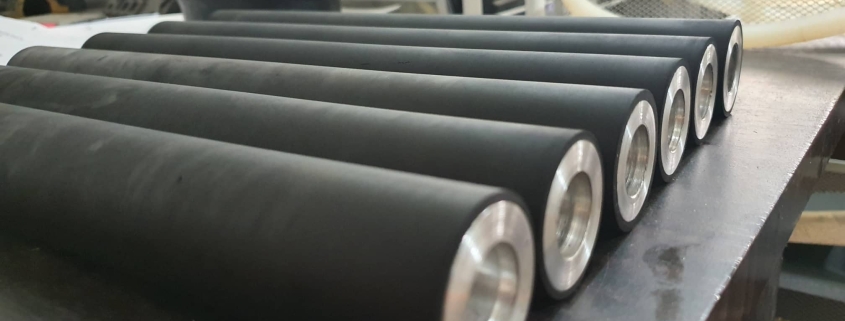Silicone Rubber Gasket Manufacturer in the Philippines
RK Rubber Enterprise Co. stands out as the best manufacturer of silicone rubber gaskets in the Philippines, recognized for their precision engineering and uncompromising quality standards. Their expertise in silicone rubber materials and dedication to meeting industry-specific requirements have solidified their position as a trusted provider of durable and reliable gasket solutions. By offering a diverse range of materials and customization options, RK Rubber caters to a wide array of industrial needs, ensuring optimal performance and longevity. Discover more about their innovative sealing solutions and how they can elevate your industrial operations.
Key Points
- RK Rubber is a trusted supplier of silicone rubber gaskets in the Philippines.
- Specializes in high-quality, durable silicone gaskets for industrial applications.
- Offers customizable options to tailor gaskets to specific industry needs.
- Ensures stringent quality assurance standards for all gaskets produced.
- Provides a wide range of material selection options for versatile sealing solutions.
Manufacturing Process of Silicone Rubber Gaskets
How is the silicone rubber gasket manufactured to ensure optimal performance and durability in various industrial applications? The manufacturing process of silicone rubber gaskets involves several crucial steps to guarantee quality and functionality. It commences with meticulous raw material selection, ensuring that high-quality silicone is chosen for its superior heat resistance and chemical resistance properties. Following this, the raw materials are mixed and undergo a vulcanization process where they are heated to create strong cross-links between the molecules, enhancing the gasket’s durability. Once vulcanization is complete, the gasket is cooled, trimmed to the required size, and subjected to rigorous quality inspection to meet industry standards. This meticulous manufacturing process ensures that the silicone rubber gasket exhibits exceptional heat resistance, making it suitable for a wide range of industrial applications where exposure to high temperatures and harsh chemicals is common.
Silicone and Natural Gasket Comparison
In comparing silicone and natural gaskets, it is essential to evaluate their distinct properties and applications to determine the most suitable option for specific industrial needs. Material differences between silicone and natural gaskets lie in their heat resistance, with natural rubber performing better in high temperatures while silicone excelling in cold environments. Both materials exhibit good resistance to oil and gasoline, but silicone surpasses natural rubber in UV degradation resistance. Cost considerations favor natural rubber as a more economical choice over silicone. When it comes to chemical resistance, silicone gaskets are preferred for applications exposed to harsh chemicals. Performance-wise, silicone gaskets offer better longevity and durability in various industrial settings. Ultimately, the choice between silicone and natural gaskets depends on the specific environmental conditions, temperature requirements, chemical exposure, and budget constraints of the industrial application.
Selecting the Right Silicone Rubber Gasket
When choosing a silicone rubber gasket for industrial applications, it is crucial to carefully consider the operating environment, temperature range, and compatibility with other materials in the application. Selecting criteria should include assessing the gasket’s resistance to harsh chemicals, ability to withstand extreme temperatures, and its load-bearing capacity. Material comparison between silicone and natural rubber gaskets reveals that while natural rubber has better heat resistance, silicone excels in cold resistance and UV degradation prevention. Temperature considerations are vital, with silicone gaskets capable of enduring temperatures up to 250°C. Application suitability involves ensuring the gasket fits snugly between parts and can withstand the necessary pressure. Expert consultation is recommended to make an informed choice tailored to specific needs, ensuring optimal performance and longevity. By carefully evaluating these factors, one can confidently select the right silicone rubber gasket for the intended application.
Installing a Silicone Rubber Gasket
To ensure a secure and effective installation of a silicone rubber gasket, meticulous attention to detail and adherence to proper procedures are essential. Proper installation involves cleaning the area around the leakage, removing the old gasket carefully, applying a silicone sealant around the edge of the opening, placing the new gasket, and allowing the sealant to cure for 24 hours before the equipment is used. Maintenance tips include regularly checking the gasket for wear and tear, ensuring it remains properly sealed and replacing it when necessary. Common mistakes to avoid during installation include improper cleaning of the surface, incorrect positioning of the gasket, and using the wrong sealant. The benefits of a correctly installed silicone rubber gasket include preventing leakage, prolonging the machine’s lifespan, and maintaining optimal performance. A troubleshooting guide may be necessary if leaks persist after installation, requiring a reevaluation of the installation process and potential replacement of the gasket.
Features of RK’s Silicone Rubber Gasket
RK’s Silicone Rubber Gaskets are engineered with outstanding sealing potential, capable of maintaining their performance in both low and high-temperature environments. These gaskets exhibit remarkable elastic strength, wear resistance, and can withstand up to 250°C of heat, surpassing the capabilities of natural rubber. Crafted from high-quality silicone materials, they offer excellent durability and can effectively seal against fluids, ozone, oil, fire, and other elements, making them an ideal choice for various mechanical, aerospace, engineering, and industrial applications.
Sealing Potential Benefits
The silicone rubber gaskets manufactured by RK Rubber Philippines exhibit exceptional sealing potential, ensuring optimal performance and longevity for mechanical, aerospace, engineering, and industrial applications. These gaskets offer sealing potential advantages by providing quality assurance and high temperature resistance, allowing them to maintain performance efficiency even in challenging conditions. The longevity benefits of RK’s silicone rubber gaskets are evident in their ability to withstand temperatures exceeding 200°C, ensuring prolonged machine lifespan and minimized downtime due to leaks. With excellent elastic strength, wear and tear resistance, and the capability to resist up to 250°C of heat better than natural rubber, these gaskets are made from non-toxic, high-quality silicone materials, guaranteeing durability and reliability in various applications.
Temperature Resistance Features
With what degree of efficiency does the silicone rubber gasket from RK Rubber Philippines demonstrate temperature resistance in various industrial applications? RK’s high-quality silicone rubber gaskets offer exceptional resistance to extreme temperatures, making them ideal for a wide range of industrial environments. These gaskets provide excellent chemical resistance and longevity benefits, ensuring reliable performance even in harsh conditions. With customizable options available, RK’s silicone rubber gaskets can withstand temperatures up to 250°C, surpassing natural rubber in heat resistance. Their ability to work seamlessly with fluids, ozone, oil, fire, and other elements sets them apart, making them a top choice for sealing applications where durability and reliability are crucial.
Elastic and Durable
Highly elastic and exceptionally durable, the silicone rubber gaskets manufactured by RK Rubber Philippines exhibit superior performance characteristics in demanding industrial applications. These gaskets offer flexibility advantages, ensuring a secure fit between mechanical parts while maintaining long-lasting performance due to their excellent wear and tear resistance. The material composition of RK’s silicone rubber gaskets enables them to withstand extreme temperatures, up to 250°C, surpassing natural rubber in heat resistance. Their exceptional resistance capabilities extend to fluids, ozone, oil, fire, and other elements, making them ideal for a wide range of industrial applications. Crafted from non-toxic, high-quality silicone materials, these gaskets guarantee durability, reliability, and optimal sealing potential, securing machines and equipment effectively.
Versatile Applications
Drawing on the exceptional resistance capabilities of RK’s silicone rubber gaskets to various elements and extreme temperatures, these gaskets exhibit versatile applications across multiple industries, ensuring reliable sealing and prolonged equipment lifespan. In industrial applications, these gaskets prove invaluable due to their custom specifications that can be tailored to specific needs. When compared to other materials, silicone rubber gaskets stand out for their superior heat resistance, making them suitable for high-temperature environments. Additionally, their excellent chemical compatibility allows them to work effectively with a wide range of substances, ensuring optimal performance in diverse settings. With these features, RK’s silicone rubber gaskets offer a durable and reliable sealing solution for various industrial requirements.
Choosing RK Rubber Enterprise Co.
When considering a reliable supplier for silicone rubber gaskets in the Philippines, RK Rubber Enterprise Co. stands out for its exceptional quality, durability, and expertise in meeting various industry demands. RK Rubber offers a wide range of material selection options, ensuring that clients receive gaskets tailored to their specific needs. Their silicone rubber gaskets find applications across diverse industries, showcasing versatility and reliability. Quality assurance is a top priority for RK Rubber, guaranteeing that each gasket meets stringent standards before reaching the customer. The company’s commitment to customer satisfaction is evident through their customizable options, allowing clients to request gaskets that align perfectly with their requirements. With RK Rubber, clients can trust in the superior quality and performance of their silicone rubber gaskets, making them a top choice for businesses seeking long-lasting, high-performing sealing solutions.
Frequently Asked Questions
Can Silicone Rubber Gaskets Withstand Extreme Temperature Ranges?
Silicone rubber gaskets exhibit exceptional high-temperature resistance, ensuring thermal expansion properties and heat insulation effectiveness. Their durability in extreme environments, coupled with cold weather durability, makes them ideal for applications requiring reliable sealing under varying temperature conditions.
What Are the Differences Between Natural Rubber and Silicone Gaskets?
When comparing natural rubber and silicone gaskets, key differences lie in their heat resistance, cold tolerance, UV sensitivity, and costs. Consider the specific application requirements to determine the most suitable material for optimal performance and cost-effectiveness.
How Do I Choose the Right Silicone Gasket for My Application?
When choosing the right silicone gasket, consider material compatibility, size selection, pressure resistance, durability, chemical exposure, and cost effectiveness. Evaluate application suitability, customization options, installation process, and maintenance requirements to ensure optimal performance.
Is It Easy to Install a Silicone Rubber Gasket Myself?
DIY installation of a silicone rubber gasket requires proper preparation and attention to detail. Common mistakes include improper cleaning and misalignment. Compatibility issues may arise if the gasket doesn’t fit snugly. Helpful tools include degreaser and a utility knife. Troubleshooting tips: ensure proper curing time.
What Makes Rk’s Silicone Rubber Gaskets Stand Out From Others in the Market?
RK’s silicone rubber gaskets stand out due to their exceptional material durability, customizable options, cost-effective solutions, environmental resistance, and application versatility. These gaskets provide top-notch sealing potential, high-temperature resilience, and overall superior performance in various industries.
Conclusion
In conclusion, RK Rubber Enterprise Co. stands out as a top silicone rubber gasket manufacturer in the Philippines, known for their high-quality products and customizable solutions. With expertise in silicone rubber materials and a commitment to quality assurance, RK Rubber ensures that each gasket meets stringent standards before delivery. Their versatile applications across diverse industries make them a reliable choice for sealing solutions in industrial settings. Choose RK Rubber for your silicone rubber gasket needs.
